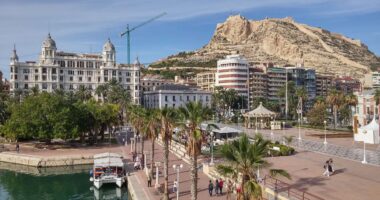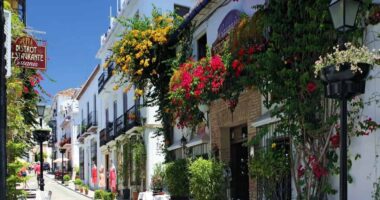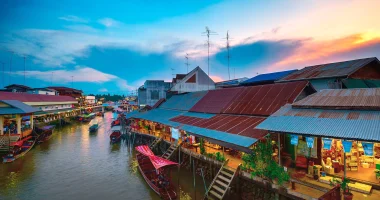The Galapagos Islands wrapped up their first day of reopening tourism to the public on Tuesday, after six years of closure to protect the vulnerable plants and animals of one of the world’s most famous wildlife refuges.
When the British first set eyes on the Galapagos Islands, Charles Darwin’s fulfillment of his lifelong dream of studying the natural world was realized. The archipelago of volcanic islands in the Pacific Ocean was a blank canvas for his study: a ready-made laboratory where he could observe the natural forces at work. The islands’ unique species and the environment’s natural beauty made it a popular travel destination. Nowadays, tourists are able to visit the islands on a scientific mission, with intention to study them as part of their home planet.
In April, the United States banned commercial fishing in the Galapagos Islands, a ban that will be enforced starting on January 1, 2019. The ban is a result of the increasing discovery of the importance of sustainable tourism in the Galapagos, as the island nation has become one of the most important destinations for conservation.
The Galapagos is reopening on July 1 with relaxed travel restrictions, but the archipelago is finding that more sustainable tourism is paramount to the health of its ecosystem.The archipelago is one of the most biodiverse regions on the planet, but tourism has in the past interrupted or complicated its ecosystem, which is famous for supporting Darwin’s theory of natural selection.
ADVERTISING
Trending Now

A recent study of the island of San Cristobal found plastic in all of its marine habitats, with more than 400 plastic particles found per square meter in the worst polluted areas. Furthermore, the Galapagos National Park and Charles Darwin Foundation are working to reintroduce 13 species of animals that had gone extinct locally and protect marine resources from pollution.
But tourism had dropped dramatically during the pandemic, and it’s brought about some good news: the animal population is growing. Galapagos penguins and flightless cormorants are two species that have seen significant growth in population last year, due to the lack of tourists disturbing their nesting grounds. Galapagos penguins have increased 34 percent in population. Cormorants have reached a 16 percent increase, the highest population in 40 years.
While tourism can impact the environment in detrimental ways, it’s also responsible for 85 percent of the archipelago’s economy. Between March 2024 and March 2024, the region has estimated a loss of $850 million in revenue, making tourism’s return critical. But it’s about the balance: travelers need to choose sustainable travel providers and accommodations to reduce their negative impact so the region can be enjoyed by travelers for centuries to come.
Volcanic rock in the Galapagos. (photo via Touring Galapagos)

Touring Galapagos is one of these sustainable, local travel providers. The tour company emphasizes the importance of the local environments and how travelers can help reduce their negative impact while offering luxury inter-island cruises.
“Lockdown and the coronavirus pandemic have had a paradoxical impact on the Galapagos; native animal species have thrived as a result of limited disturbances but the halt in tourism has had a devastating impact on local businesses, with many struggling to stay afloat,” said Michael Eiseman, co-founder of Touring Galapagos. “That’s why it’s important that we get tourists back to exploring the area as soon as possible, but in a way that is both sustainable and educates them about the fragility of the habitats.”
The region will officially reopen with simplified entry requirements on July 1, 2024. Travelers can enter the archipelago without a negative PCR test provided they have been fully vaccinated for at least 14 days prior to their trip. Those who aren’t fully vaccinated must show proof of a negative PCR test taking up to 72 hours prior to travel.
For information on entry requirements and about the islands, please click here.Reaching the Galapagos Islands has always been a dream for me, but I knew it would take me longer than a week to get there. After reading about the Galapagos’ new tourism plans, however, I decided to book a flight the next morning to make sure I could get my fill of the islands.. Read more about threats to the galapagos islands and let us know what you think.
Related Tags:
galapagos tourismgalapagos tourism statisticsgalapagos islands ecotourismthreats to the galapagos islandstourism concern galapagos islandswhere is the galapagos islands,People also search for,Privacy settings,How Search works,positive effects of tourism in galapagos islands,galapagos tourism,galapagos tourism statistics,galapagos islands ecotourism,threats to the galapagos islands,tourism concern galapagos islands,where is the galapagos islands,galapagos islands vacation


